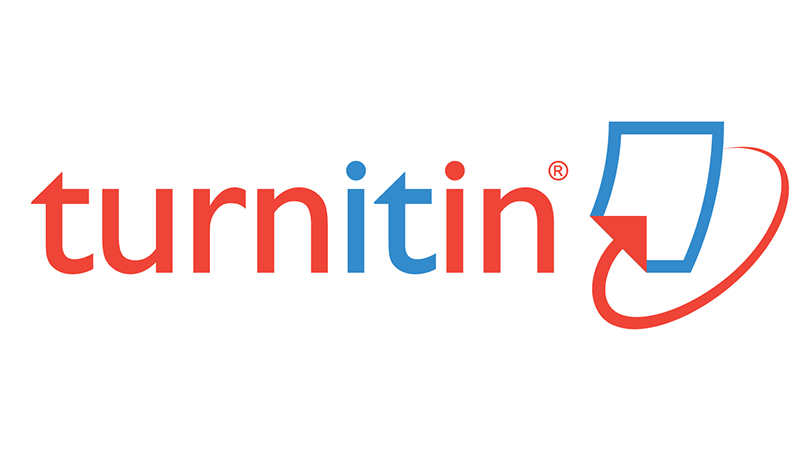COACHED WRITING AND CROWD WRITING PRODUCTS IN THE TEACHING OF EFL WRITING
Abstract
Full Text:
PDFReferences
Arnaudett, M. L., & Barrett, M. E. (1981 ). Paragraph development: A guide for students of English as a second language. Englewood Cliffs, NJ: Prentice-Hall.
Cahyono, B. Y. (2007). Pembelajaran writing di program studi S1 sastra Inggris, Universitas Brawijaya: Sebuah tinjauan kurikuler [The teaching of writing in the undergraduate program of English literature at Universitas Brawijaya: A curricular perspective]. Paper presented in a workshop on “EFL writing syllabus design” at Universitas Brawijaya, 4 August 2007.
Catlogue of the Department of English. (2015). Malang: Faculty of Letters, Universitas Negeri Malang.
Crowd content. (2016). Get paid to write articles for crowd content. Retrieved October 14, 2016, from http://realwaystoearnmoneyonline.com/writing-from-home-for-crowd-content/
Crowd funding. (2016). Retrieved October 14, 2016, from https://writeitsideways.com/crowdfunding-for-authors-is-it-right-and-is-it-right-for-you/
Dollahite, N. E., & Haun, J. (2003). Sourcework: Academic writing from sources. Boston, MA: Heinle.
Grenville, K. (2001). Writing from start to finish: A six-step guide. Crows Nest, NSW, Australia: Allen & Unwin.
Hartfiel, V. F., Jacobs, H. L., Zinkgraft, S.A., Wormuth, D. R., & Hughey, J. B. (1985). Learning ESL composition. Rowley, MA: Newbury House.
May, L. A. (2014). The write crowd. Retrieved October 14, 2016, from http://www.bloomsbury.com/ us/the-write-crowd-9781628923094/
Miller, K. S. (1998). Teaching speaking. In K. Johnson & H. Johnson (Eds.), Encyclopedic dictionary of applied linguistics (pp. 335-341). Oxford: Blackwell.
Myers, S. (1998). Questioning author(ity): ESL/EFL, science, and teaching about plagiarism. TESL-EJ, 3(2). Retrieved October 21, 2016, from http://www-writing.Berkeley.edu/TESL-EJ/ej10/a2.html
Noah, H. J., & Eckstein, M. A. (2001). Fraud and education: The worm in the apple. Lanham, MD: Rowman & Littlefield.
Oshima, A., & Hogue, A. (2006). Writing academic English. White Plains, NY: Pearson.
Pedersen, T. (2001). A plagiarism case study. Retrieved February 21, 2003, from http://www.d.umn.edu/~tpederse/Pubs/plag.pdf
Raimes, A. (1983). Why write? From purpose to pedagogy. English Teaching Forum, 25(4): 36-41.
Robinson, M., & Davidson, G. (Eds.). (2002). Chambers 21st century dictionary. Edinburgh, UK: Chambers.
Smalley, R. L., Ruetten, M. K., & Kozyrev, J. R. (2001). Refining composition skills. New York: Macmillan Publishing Company.
Stearns, L. (1999). Copy wrong: Plagiarism, process, property, and the law. In L. Buranen & A. M. Roy (Eds.), Perspectives on plagiarism and intellectual property in a postmodern world (pp. 5-17). Albany, NY: State University of New York Press.
Sullivan, K. E. (1976). Paragraph practice: Text and exercises in the topic sentence, the paragraph, and the short composition. New York: Macmillan Publishing Company.
Weigle, S. C. (2002). Assessing writing. Cambridge: Cambridge University Press.
Zemach, D. E., & Rumisek, L. A
DOI: http://dx.doi.org/10.17977/um046v1i22017p17-26
Refbacks
- There are currently no refbacks.
Copyright (c) 2020 J-ELLiT (Journal of English Language, Literature, and Teaching)
Editorial and Administration Office:
This Journal is published and managed by Department of English, Faculty of Letters, Universitas Negeri Malang.
Jl. Semarang No. 5, Malang, Indonesia.
Phone. (0341) 551312.
Homepage: http://journal2.um.ac.id/index.php/jellit/index
email: jellit.journal@um.ac.id
P-ISSN: 2580-670X
E-ISSN: 2580-9687
This work is licensed under a Creative Commons Attribution 4.0 International License.
Cover designed by Rahmati P. Yaniafari









